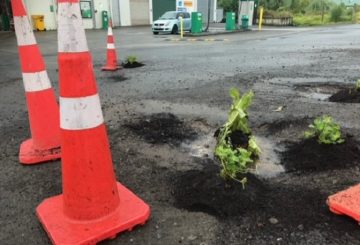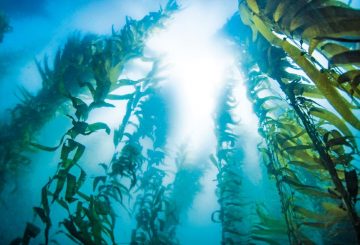매시 대학교 수의과대학 수의과 교사들이 살아있는 동물을 사용하는 대신 동물 모델을 교육에 혁신적으로 사용한 공로로 국제적인 상을 수상했습니다.교사들은 기본적인 외과 교육 수업에서 진짜 양을 사용하지 않도록 노력한 공로를 인정받아 동물 실험을 중단하거나 대체하려는 노력에 대해 가장 큰 상인 Lush Prize (Lush Prize) 를 수상했습니다.
교사들은 동물 모형을 만들기 위한 창의적인 재료를 찾는 데 수년을 보냈습니다.다양한 아이템으로 만든 단순한 모형부터 사실적인 분만 시뮬레이터인 해리엇 더 헤리퍼드 (Harriot the Hereford) 와 같은 복잡한 모형까지 다양합니다.75,000달러에 캐나다에서 수입한 분만 모델을 사용하면 실제 송아지가 끼일 수 있는 어떤 방식으로든 유연한 모형 송아지를 가짜 소 안에 위치시킬 수 있습니다.
학생들은 이 모형을 사용하여 송아지가 잘못 오용된 경우를 식별하는 방법과 안전한 출산을 위해 위치를 변경하는 방법을 배울 수 있습니다.또한 직원들은 실리콘과 다양한 등급의 가죽과 같은 재료를 사용하여 봉합 연습을 위한 기본 모형도 제작했습니다.
교사들은 또한 학생들이 개의 질병을 진단하는 방법을 배울 수 있도록 가짜 개 토사물을 사용합니다.그런 다음 학생들은 가짜 약국에서 가짜 약을 조제하고 가짜 개에게 정맥 주사 요법을 제공할 수 있습니다.
교사들이 실제 동물을 가장 침습적인 운동에 사용할 모형으로 대체하기 위해 노력하고 있지만, 학생들이 다루기 및 검사 방법을 배울 수 있도록 실제 동물은 여전히 광범위하게 사용되고 있습니다.하지만 이 모델들은 학생들이 실제 동물에 사용하기 전에 이미 중요한 기술을 익혔다는 것을 의미합니다.
수의과학부 책임자인 존 헉슬리 (Jon Huxley) 교수에 따르면 러쉬 프라이즈에서 받은 상금은 매시의 임상 기술 모델에 재투자될 것이라고 합니다.그는 또한 수의학 교사들이 국제적으로 아이디어를 공유하면서 교육에 실제 동물을 사용하는 것을 대체하려는 움직임이 전 세계적으로 일어나고 있다고 언급했습니다.

















































-KatieCox_BattleoftheSnack-43-360x245.jpg)











